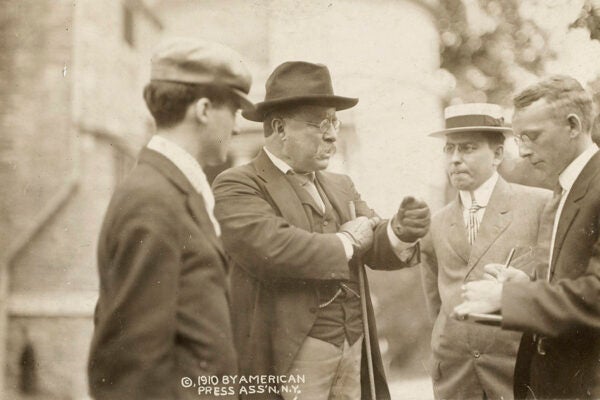With the rise of Donald Trump, many conservative intellectuals have suddenly become focused on the problems and failings of the white working class, the core of Trump’s supporters. Kevin Williamson of the National Review recently wrote some particularly incendiary things about working-class white communities, including a complaint about “the whelping of human children with all the respect and wisdom of a stray dog.”
Conservative complaints about single motherhood are nothing new. In the years leading up to the 1996 Clinton welfare reform that drastically cut cash grants to poor families, the issue was very much in the forefront of public debate. As Anne E. Winkler wrote in a 1994 paper, commentator Charles Murray was advocating for the elimination of all welfare benefits for single mothers, arguing that government payments were responsible for the rise in solo parenting.
Winkler sought to figure out how much truth there was to the notion that welfare policies encouraged out-of-wedlock childbearing. Using the University of Wisconsin’s 1987 National Survey of Families and Households, she pulled out data for more than 3,000 mothers. Seventy-four percent of this sample were married, another 4 percent were cohabitating, and the remaining 22 percent were single.
Winkler found that women living in places with more generous welfare benefits were, indeed, a lot less likely to be married when they had children. But when she added in a measure of social conservatism—the percentage of religious fundamentalists in a state—the level of available benefits became a much less significant factor in single motherhood. Winkler suggests that analyses that ignore social attitudes may overstate the influence of benefits. That’s because more conservative places tend to offer less generous welfare benefits.
On an individual level, perhaps not surprisingly, mothers who were not religious were significantly more likely to have children outside marriage.
Meanwhile, another significant factor in women’s likelihood of marrying before having kids was the local labor market. High unemployment—which means a marriage partner is statistically less likely to be able to serve as a good provider—was linked with single motherhood. Interestingly, mothers in areas of high unemployment were especially unlikely to be unmarried but living with a partner. Winkler suggests this may be because cohabitation is a relatively fragile relationship vulnerable to economic stress.
More than 20 years after Winkler’s paper, the public conversation around the issue has become more nuanced, particularly as white working class people have become more likely to have children outside marriage. Today, more commentators argue that some marriages are worse than single parenthood for both children and adults. Still, the question of what forces are “to blame” for out-of-wedlock births is very much alive, particularly at the National Review.







